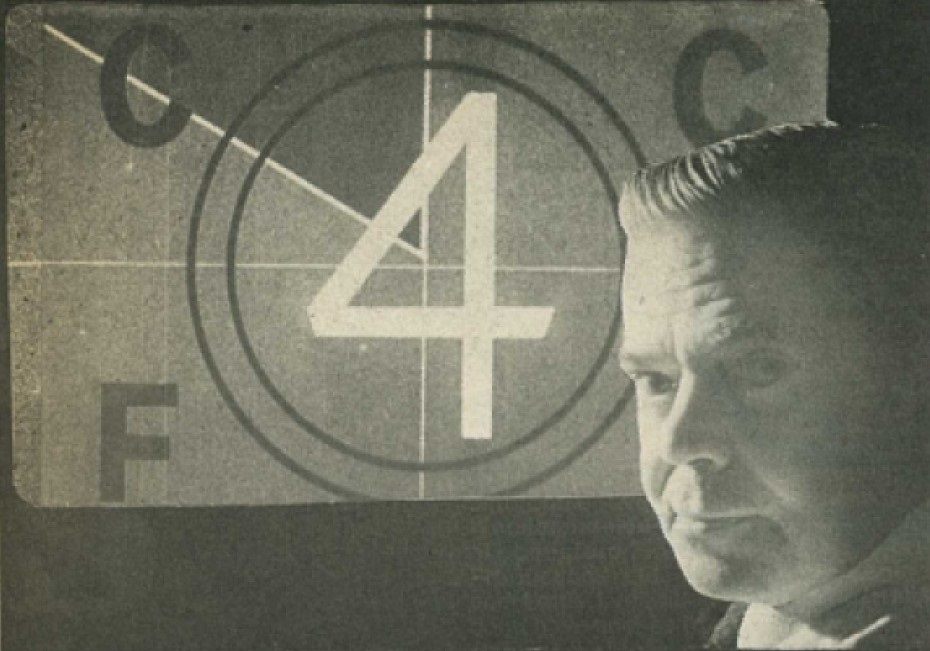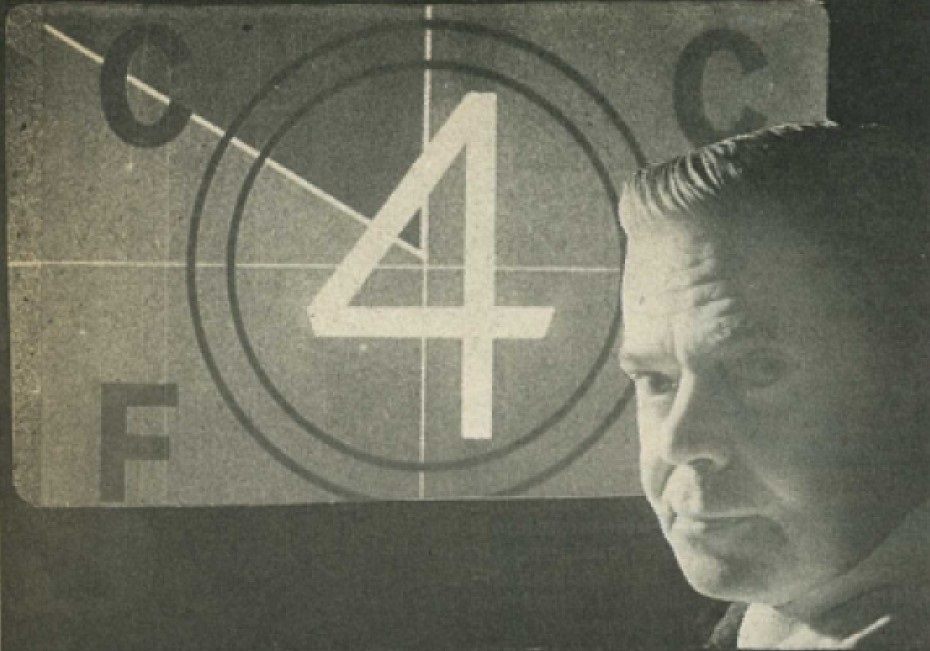The era of film classification


Australia
In 1971, after decades of lobbying and political pressure, the Minister for Customs Donald Chipp updated the system of film censorship to a four-tiered system of classification. The classification categories were G, “for general exhibition”, NRC, “Not recommended for children”, M, “for mature audiences”, and R18+, a legal barrier that restricted content to adults over the age of eighteen. These categories offered a way of guiding audiences to make informed choices about what films to watch. After many decades of a sole Appeal Censor, Chipp also re-instated an Appeal Board called the Film and Literature Board of Review (NAA: A431, 1970/2995). Any Australian states without appropriate legislation made amendments to refer censorship decisions to the Commonwealth censor, which was called the Film Censorship Board (FCB) although their role had changed to one of classification. The last state to update their legislation was South Australia in 1971, although South Australia and Queensland would create their own Classification Boards in 1974 amid fears the Federal government were too liberal with censorship processes. Overturning the previously secretive approach to censorship, the FCB also began to publish their decisions publicly in the national Government Gazette.
The introduction of the liberalised system was developed in 1972, when the Whitlam government established the following principles for censorship:
-
Adult persons should be free to read, view and hear what they wish;
-
Persons and those in their care should be protected from exposure to unsolicited material offensive to them; and
-
The reasons for censorship decisions should be published
(ALRC, Review of the National Classification Scheme: achieving the right balance, 2011)
Reflecting on their processes in 1974, then Chief Censor R. J. Prowse (pictured) described the FCB’s inclusion of artistic merit, admitting their practices were more permissive, but still relied upon markers of high production values:
We probably applied R’s too liberally in the early stages but after twelve months everything settled down… I think the decision of the Board must be influenced by the quality or integrity or merit of a film… it is obvious that in any judgement in any field the integrity of the work must be taken into account… a film of merit and quality or integrity could carry a scene which a low-grade sexploitation film just couldn’t.
(quoted in Murray, 1974, p102-103). If necessary, the Film Censorship Board recommended eliminations to producers and distributors in order for a film to correspond with a classification. This redistributed some of the responsibility of a classification decision onto producers and film-makers. Much later in 1987, Acting Chief Censor Andree Wright identified some of the differences of this procedure: “This is not the film censorship of the pre-Chipp era… those involved have the real choice of showing complete work to an adult audience or of tailoring it to box office specifications” (Wright, 1987, p132). – Rachel Cole
Image of R J Prowse from Murray, S. (1974), p102.
Further reading:
Australian Government Report. Australian Law Reform Commission (2011) Review of the National Classification Scheme: achieving the right balance, Chapter 2 “History of censorship and classification in Australia”.
National Archives of Australia file. NAA: A431, 1970/2995. Title: “Commonwealth – State Conference on Censorship Matters Held at Sydney 16-18th September 1970”
News article. Murray, S. (1974) “An interview with Chief Censor, Mr Prowse”, Cinema Papers, No. 2, April, p102-109.
News article. Wright, A. (1987) “R Wars”, Filmviews, Vol. 32, p2-7.